HOw to photograph an egg - part 2
In the last post we explored a few different way in which you could approach photographing an egg. Today - we have a few more for you!
This one egg is not like the other...
This composition principle can otherwise be called 'pattern disruption' but come on - doesn't mine just roll off the tongue?
The idea is that as we look at anything, we are pre-wired to look out for things that might potentially be important to us, carry some information, or just be different enough from the rest to 'mean' something.
So if you create a repeating pattern, and then replace one of the pattern elements with something else, you are drawing the viewer's attention to that particular thing, and that's what makes it stronger and makes it stand out.
This photographic principle is really widely used - once you know it, you start noticing in lots of places!

Strength in numbers:
If you want to highlight multiple subjects and not necessarily only draw attention to one single 'thing', you could consider grouping objects. There are generally three ways to do it :
Like with like
When your objects are pretty much the same - grouping them together can make for a more dynamic composition, especially if you set their 'sameness' against a contrasting background.
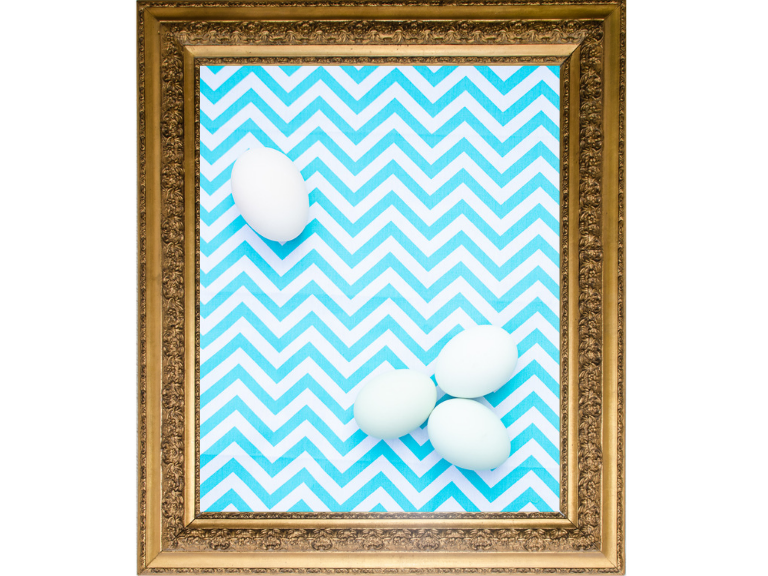
Opposites attract
We're going here for drawing attention to what makes the subjects different, while still showing they have commonalities - such as shape for instance!
This was created super simply by placing a white foamboard on a wooden table and then placing the white egg on the darker surface and the darker egg on the lighter one. Throw in a little symmetry and voila!
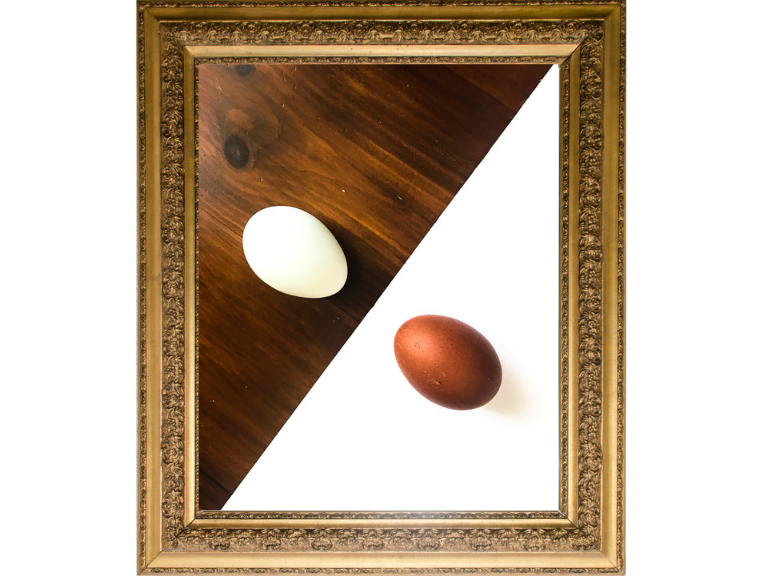
Alike but different:
When the subjects in question are 'nearly' the same, but not quite and it's those minute differences that make them interesting

Now, WHICH of the three approaches you choose depends entorely in the subjects you have and what's important to the story. It's fun to play around!
The broken egg
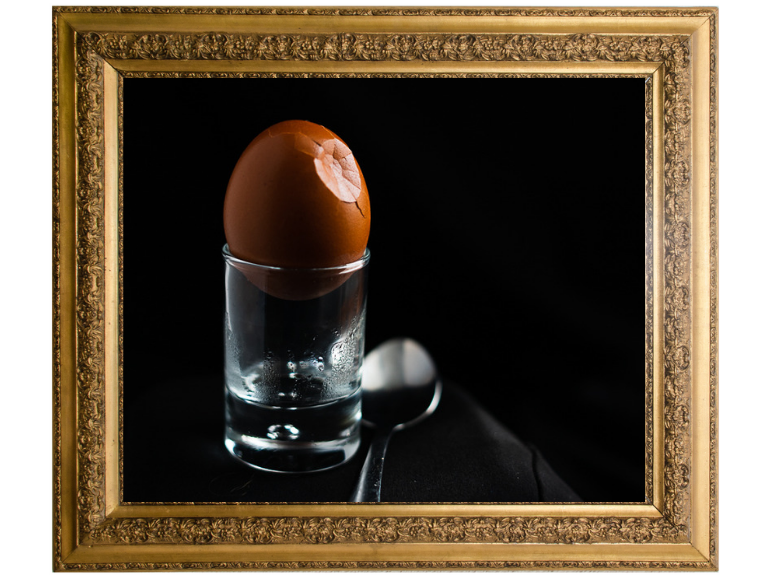
'You can't make an omelette without breaking eggs' goes the old saying.
As much as eggs are beautiful objects, ultimately, what we want from them is to be yummy. And to show that I'm afraid it will reguire us to break them.
Here is something that food photographers know well - we respond more to photos of objects which display some sort of tension.
Maybe they promise some action and make us want to respond to it - like watching a drip of yolk bursting over the edge of the egg and about to make it's way down ( which makes us want to catch it.
Maybe they simply imply that something has happened that altered the state of the object, which makes our subconscious brain wonder - what happened? why? Like showing an egg that's a little craked - who did it? can we peel it now? what's hiding inside?
Sometimes just a simple action of placing an instrument of 'threatened destruction' - like putting a knife next to an otherwise perfectly fine objects will create a response in our brain.
In short, when it comes to food photography, don't be afraid to break a few eggs...
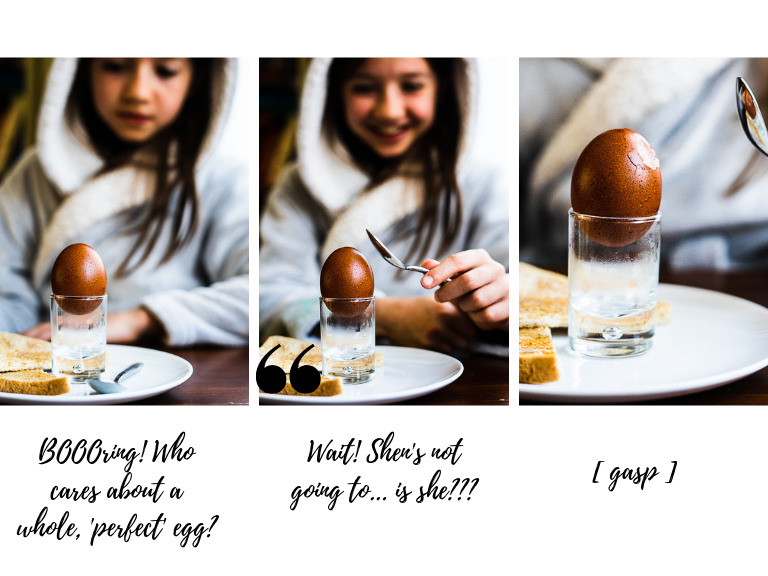
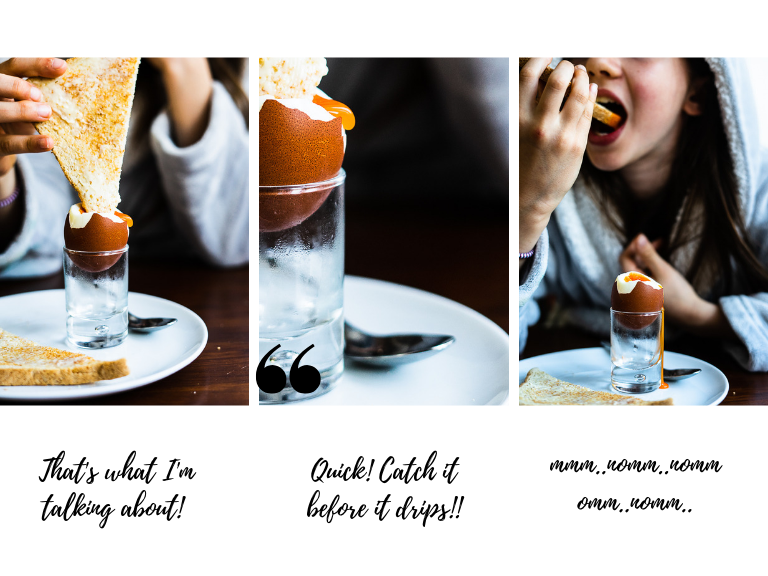
Have you read part 1 of our guide?

Ready to learn your camera and how to photograph your children beautifully?
you need this:
Photography for Parents
Fundamentals
6 week online Photography course which gives you all the necessary camera know-how skills as well as the foundation in composition, light and photographic storytelling - all with a focus on photographing children. This means - no more fumbling with your camera at the crucial moments and being able to capture your children naturally, in their own environment, for exactly who they are. It's a no-brainer for any parent who wants to be able to capture memorable, treasured photos of their children!
